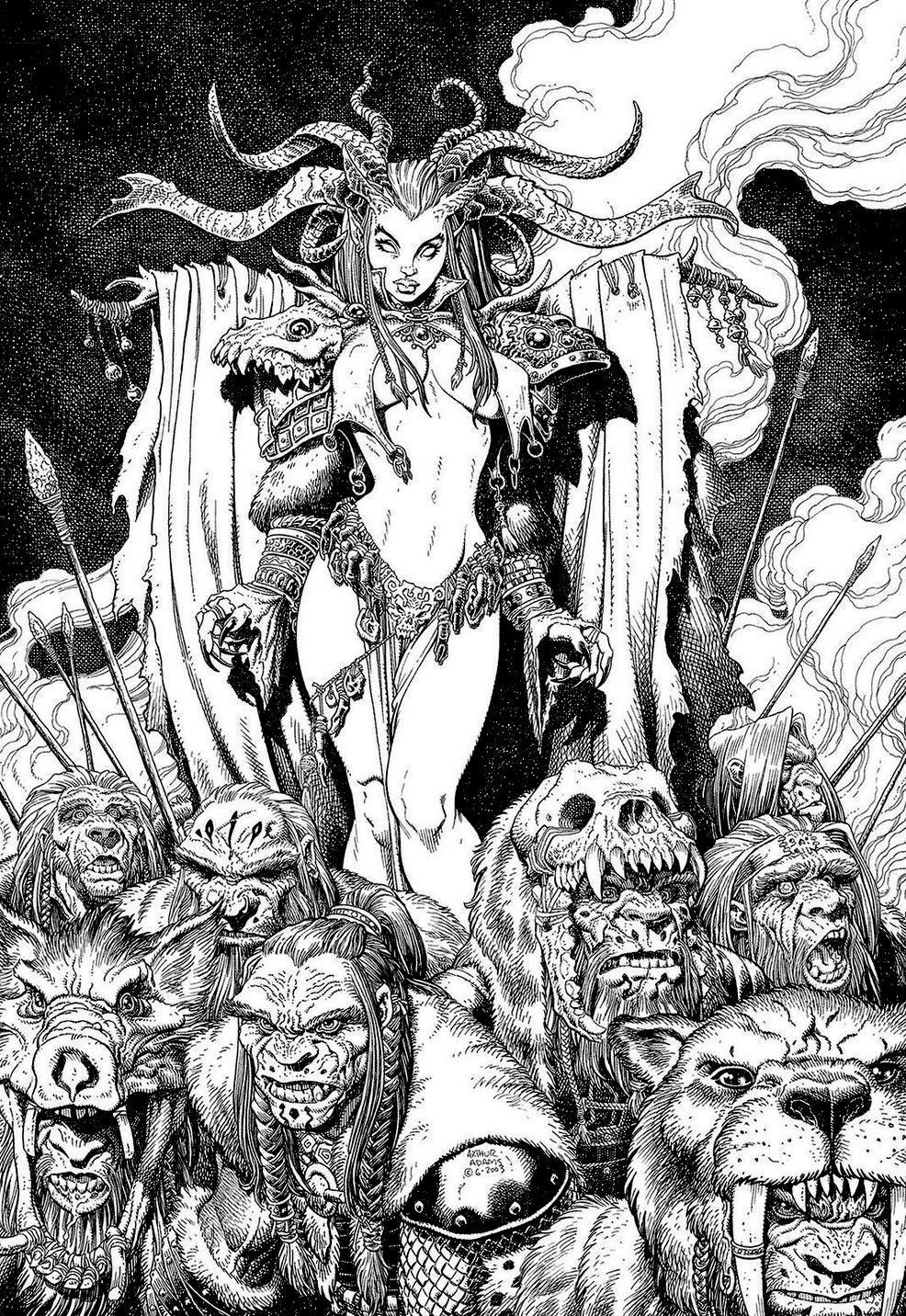The country of Cymril lies at the center of Seven Kingdoms and its green crystal-spired capital is the greatest city and unofficial capital of the alliance. It's people are descendants of the Phandre, masters of sorceries and rulers of Old Phaedra, until a rebellion instigated by the Orthodoxist faithful. Many Phandre were put to torment, but most of the wizards fled like beetles exposed beneath an upturned stone. In the wilderness they founded Cymril.
The Cymrilians are counted among the Talislantan races of men, so the standard human 5e racial options could be used for them. However, I think something like these
variant human subtypes probably fit the Talislantan millieu better. Unless otherwise noted, treated them as human in particulars.
Cymrilian Traits:
Ability Score Increase: Intelligence score and one other ability score increases by 1.
Size: Cymrilians are taller and leaner than human average, with most around 6 feet in height. Medium.
Skills: Gain proficiency in one skill.
Magical Aptitude: Though not all Cymrilians are wizards, all possess at least a small magical facility. Each knows one cantrip of the player's choice from the wizard list. Intelligence is the spellcasting ability for it.
Languages: Cymrilians can speak, read, and write Low Talislan and High Talislan.
Subrace: Choose one of following subraces.
Koresians
Typically just called Cymrilians, they are the dominant group in society. They have pale green skin and hair, and golden eyes.
Ability Score Increase: One ability score increases by 1 point.
Magical Society: Gain proficiency in Arcana.
Languages: Koresians can speak, read, and write ancient Archaen.
Tanasians
Tanasians are the exiled descendants of the former Phandre ruling caste and make up less than two percent of the Cymrilian population. Some have been raised in exile by families perhaps yearning to regain their former glory. Others may have gone to live in the wilderness, abandoning what they seen as the folly of their ancestors and political intrigues. Tanasians physically resemble Koresians.
Ability Score Increase: One ability score increases by 1 point.
Skills: Traditionally raised exiles gain proficiency in Arcana, while dissenters gain proficiency in Athletics and Survival
Languages: Traditionally-raised Tanasians speak an additional language, likely one related to their place of exile.
Pharesians
Make up about three percent of Cymrilians. They are voluntary exiles and nonconformists, owing to historical prejudice against the lime green of their skin. Many become itinerant peddlers of talismans and arcane parephenalia.
Ability Score Increase: Wisdom score increases by 1 point.
Skills: Gain proficiency in Perception and one other skill.

















































